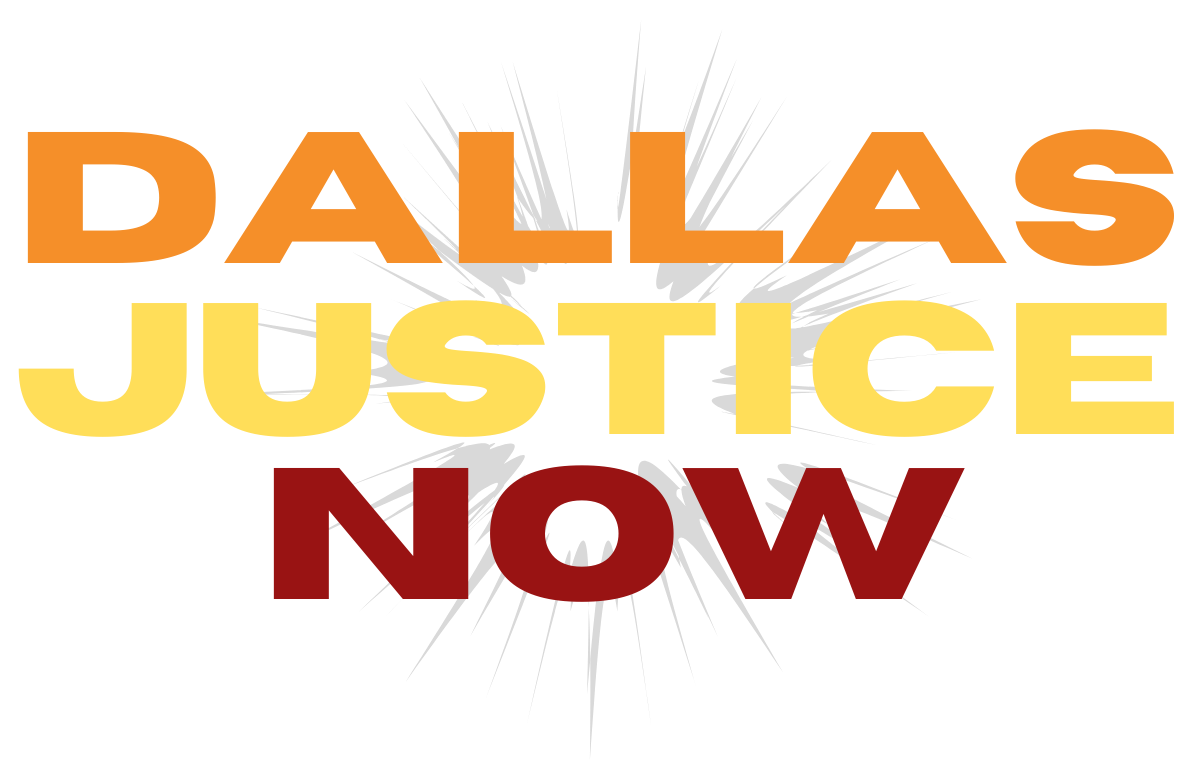2020 Civil Unrest Impact
We are continuing to look at the impact of the civil unrest from last year to help up set appropriate goals and actions in 2021:
Being killed by police is the leading cause of death in the US for Black men and boys; about 1 in 1,000 will die this way. They are 2.5-3 times more likely to die than white men and boys at the hands of police. Black people are 1.3 times more likely to be unarmed during their death from police than white people. Other people of color, including Latino men and boys, Black women and girls, and Native American men, women and children, also experience higher rates of death due to police violence than their white counterparts.
As of Nov. 18, 2020, 986 people have been killed by police this year. Black people have made up 28% of this group, despite only making up 13% of the country’s population. There have only been 16 days in 2020 when the police did not kill someone. Only Rhode Island and Vermont have reported no police killings in 2020. One of the most recent deaths is that Kenneth Jones in Omaha, Nebraska.
A new report from researchers at Yale and the University of Pennsylvania published in the Journal of Epidemiology and Public Health states: “Over the past five years there has been no reduction in the racial disparity in fatal police shooting victims despite increased use of body cameras and closer media scrutiny … Using information from a national database compiled and maintained by The Washington Post, researchers found that victims identifying as Black, Indigenous, or People of Color (BIPOC), whether armed or unarmed, had significantly higher death rates compared with whites. And those numbers remained relatively unchanged from 2015 to May 2020.”
In recent months there have also been protests and rallies connected to the COVID-19 pandemic and the 2020 Presidential election. These have an in-direct but important connection to the racial protests because they have been carried out in part by groups associated with white supremacy organizations or people who have been outspoken about Black Lives Matter.
Between March and October, there were major protests in 26 countries against the COVID-19 lockdown restrictions. Several of these have occurred across the U.S., including armed protests in Michigan in May. While research has shown that racial justice protests did not lead to increased COVID-19 cases, several of the rallies for President Donald Trump have been determined to be super spreader events, including 30,000 cases and 700 deaths stemming from 18 rallies.
Post-election there have also been protests, primarily by Republicans, who either wanted the counting stopped or the counting to continue, depending upon the state at play. A large rally was held in D.C. on Nov. 14 that included “Trump supporters, GOP voters, white nationalists, militant groups and conspiracy theorists.”
(Thank you https://disasterphilanthropy.org/disaster/u-s-civil-unrest/)
